Traditional Yazd bricks اجرسازان have a special place in the Iranian construction industry due to their high quality and variety in production. These bricks are produced using high-quality clay and traditional techniques and are used in various architectural projects. The most important features, types and applications of traditional Yazd bricks are mentioned below:
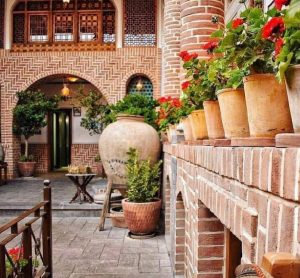
1. Types of traditional Yazd bricks
• Yazd pressed bricks:
o Dimensions: 21×10.1×6.2 cm, weight of each mold: 2.3 kg.
o Application: Foundation, vaulting, load-bearing walls in one-story buildings and rural houses.
o Color: Creamy white.
• Lefton 3-sided facade brick:
o Dimensions: 21×10×7 cm, weight: 1.4 kg.
o Feature: Three-sided facade (one side and two ends of the brick).
o Application: Residential, office, hotel and villa facades.
• Kazakh and carpet bricks:
o Produced in traditional and diverse designs.
o Application: Courtyard, garden flooring and classic facades.
2. Technical specifications and standards
• Raw materials: High quality clay as the basis for production.
• National standard: No. 7 (Clay bricks – characteristics and test methods, fifth revision 1394).
• Color: yellowish white, light yellow, red and pink depending on the type of brick.
3. Practical calculations
• Number of bricks per square meter:
o Pressed bricks: ~125 pieces for a 21 cm wall.
o Lefton bricks: ~150 pieces for a 21.5 cm wall.
• Carrying capacity:
o Khawar (5 tons): 2175 pressed bricks.
o Trailer: up to 17,000 lefton bricks.
4. Main applications
• Structural: Load-bearing walls, foundations and arched arches with pressed bricks.
• Facade and decorations: Use of Lefton and Kazakh bricks in residential facades, villas and historical monuments.
• Flooring: Carpet bricks 20×20 cm with a thickness of 3 or 4.5 cm for the yard and garden.
5. Purchase and delivery
• Price: Varies depending on the type of brick, order volume and color. For example, yellow clay brick with dimensions of 2.2×5.5×20 cm costs from 1,480 to 1,650 Tomans.
• Direct delivery: From Yazd factories to all over the country with different carrying capacities (Khavar, truck, trailer).
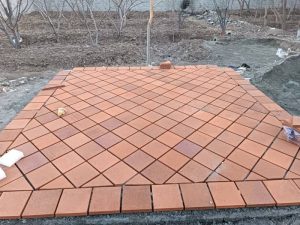
To receive advice or inquire about the exact price, you can contact the numbers provided on the websites above.
Traditional Isfahan bricks are considered one of the most popular materials in the Iranian construction industry due to the high quality of raw materials, variety in designs and colors, and production methods based on traditional techniques. These bricks are widely used in traditional architectural projects, restoration of historical monuments and even modern designs. Below are the features, types, advantages and key points of Isfahan traditional bricks:
1. Types of Isfahan traditional bricks
• Kazakh bricks:
o History: Its history dates back to the Sasanian period and has been used in buildings such as the Grand Mosque of Isfahan.
o Dimensions: The most common sizes include 5×20×10 cm and 5×20×20 cm.
o Colors: Ablaq, onion skin, ocher red, yellow, rose and khaki.
o Application: Traditional facades, courtyard flooring, restoration of historical monuments and interior design of restaurants.
• Mud bricks:
o Hand-made with common dimensions of 20×20 cm and 5 cm thick.
o Colors: light brown, pea, cream, red and black.
o Application: Courtyard flooring, stairs, interior and exterior walls, and restoration of old buildings.
• Lefton brick:
o A type of machine-made brick with multiple holes used in the walling of courtyards, villas, and sheds.
o Advantage: Possibility of jointing simultaneously with the facade and reducing final costs.
2. Advantages of traditional Isfahan brick
• High resistance:
o Resistant to atmospheric factors such as rain, snow, and direct sunlight due to the use of high-quality clay.
o No scaling and aloque (filling of the lips) due to the standard baking process in traditional kilns.
• Natural beauty:
o Unique texture and natural colors that do not change noticeably over time.
o Wide variety of colors to coordinate with different climates and designs (for example, warm colors for cold regions).
• Reasonable price:
o The price of a 20×20 clay brick starts from about 5,000 tomans and varies depending on the type and volume of the order.
Specializing in the production of handmade bricks with standard dimensions and natural colors.
4. Main applications
• Traditional and modern facades:
o Combining Kazakh brick with modern designs to create a nostalgic and attractive space.
o Use in dry facades (without mortar) or with special adhesive to increase resistance.
• Restoration of historical monuments:
o Renovation of old buildings such as mosques and historical houses while maintaining the originality of the architecture.
• Flooring and interior space:
o Creating a warm and traditional feeling in restaurants, cafes and behind home televisions
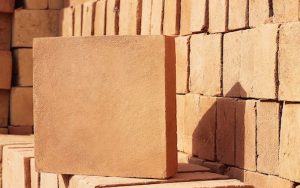
Traditional Gonabad brick has a special place in the Iranian construction industry due to the use of high-quality clay and traditional production techniques. These bricks are known for their variety in dimensions, colors and applications and are used in traditional and modern architectural projects.
Types of Traditional Gonabad Bricks
• Traditional mud brick:
o Dimensions: The most common size is 20×20 centimeters, but it is also produced in dimensions of 25×25, 10×20 and 10×10
m Feature: High resistance to environmental damage and long-term durability.
• Kazakh brick:
o Feature: Hand-made with dimensions of 5×10×20 centimeters and various colors such as khaki, yellow and red ocher
o Application: Traditional facades and restoration of historical monuments.
2. Production method
• Raw materials: High-quality clay without organic impurities as the main base.
• Process:
1. Mixing clay with water and making mud.
2. Manual molding in wooden molds.
3. Drying the bricks in the open air or in a kiln.
4. Firing in traditional kilns with controlled temperatures (between 900 and 1100 degrees Celsius).
• Kilns: Using traditional and modern kilns such as tunnel and roller kilns for uniform firing.
3. Advantages of traditional Gonabad bricks
• Resistance: Withstands high pressure and resists frost and moisture.
N Beauty: Natural colors and unique textures that remain stable over time.
• Insulation: Reduces heating and cooling costs due to its insulating properties.
• Affordable price: The price of 20×20 clay bricks varies from 5,500 to 6,500 Tomans.
4. Main applications
• Traditional and modern facades: Used in courtyard walls, villas, and restaurant interior design.
• Flooring: 20×20 bricks for paving courtyards and gardens.
• Restoration of historical buildings: Reconstruction of old buildings while preserving the originality of the architecture.
5. Purchase and delivery
• Price:
o 20×20 mud brick: Starting from 6,500 Tomans and reaching up to 7,000 Tomans
o Kazakh brick: Between 6,950 and 13,800 Tomans per piece (depending on color and dimensions).
• Delivery: Possibility of transportation by heavy vehicles such as Khavar (up to 2,175 units) and trailers (up to 17,000 units) throughout the country
6. Top manufacturers
• Distribution of traditional Gonabad bricks: Direct supply of mud and Kazakh bricks with guaranteed quality
Traditional Qom bricks have a special place in the Iranian construction industry due to the use of high-quality soil and traditional production techniques. These bricks are produced in various types and are used for traditional facades, restoration of historical buildings and even modern designs. The most important features, types, prices and points related to traditional Qom bricks are mentioned below:
1. Types of Traditional Qom Bricks
• Traditional Qom Bricks (Yellow):
o Dimensions: The most common dimensions include 3×5.5×20, 10×5.5×20 and 20×20 centimeters.
o Application: Interior and exterior facades to create a traditional and nostalgic atmosphere.
o Price: Starting price from 5,650 Tomans per piece.
• Lefton Qom Bricks:
o Dimensions: 5.5×10×21.5 centimeters.
o Feature: Suitable for walling and facades with simultaneous banding capability.
o Price: Starting price from 2,990 Tomans.
• Kazakh Qom Bricks:
o Dimensions: 5×10×20 centimeters and in thicknesses of 3.5 to 5.5 centimeters.
o Colors: Yellow, Ochre Red, Rose and Ablaq.
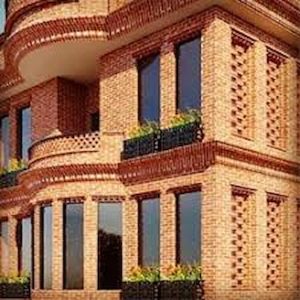
2. Features and Benefits
• High resistance: Pressure resistance and resistance to frost and moisture.
Natural beauty: Stable colors and unique texture that does not change over time.
• Affordable price: It costs less than other facade materials.
• Design diversity: Possibility of use in modern and traditional projects with various designs such as plaque bricks, dorsoton and etc.
3. Technical notes and standards
• Raw materials: High-quality clay with low impurities (especially in yellow bricks)
• Firing: Kiln temperature between 900 and 1,100 degrees Celsius to prevent cracking.
• Water absorption: In first-class bricks, water absorption is less than 10%.
4. Price and purchase
• Traditional brick price: Between 5,650 and 13,800 Tomans depending on type and dimensions
• Shipping cost:
o Transportation by Khavar (5 tons): Capacity of about 2,175 pressed bricks.
o Transportation by trailer: Up to 17,000 lefton bricks.
6. Challenges and Important Points
• Scaling: Due to the salinity of the soil and water, bricks in some areas may suffer from scaling in the long term.
• Color Selection: Yellow is considered the most well-known color of Qom Kazakh bricks.
• Quality Assurance: It is recommended to receive a physical sample before purchasing and check the quality by tapping the brick (ringing sound).
• In general, it can be said that both Yazd and Isfahan are strong and capable producers in the traditional brick production sector and can produce traditional bricks with excellent quality. This has led to the demand of your customers during the mountain season in terms of purchasing traditional bricks and so that you, the customers, can complete the project or supplementary work program you have undertaken as quickly as possible in the shortest possible time. However, the prices of these factories differ from each other in terms of price and shipping costs, and you, the customers, can and the prices at the unloading point are different for you, dear customers, which you should consider.
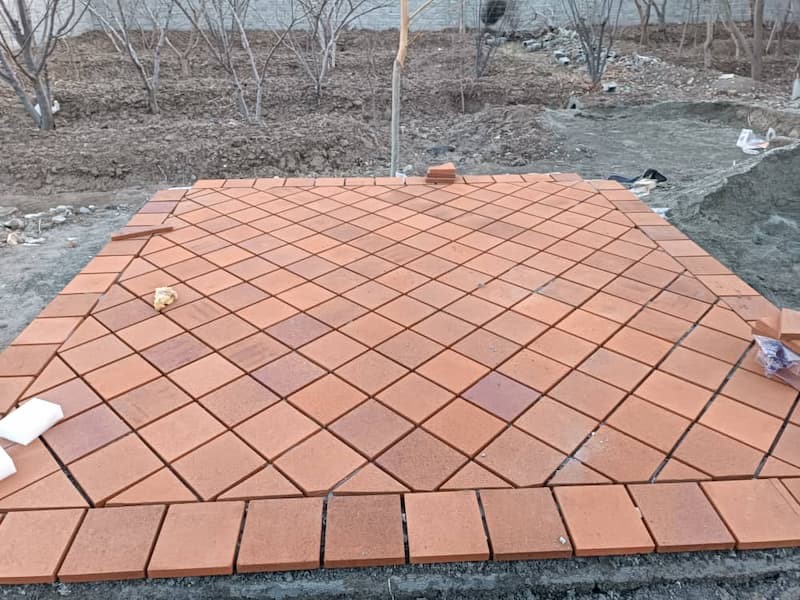
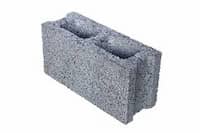
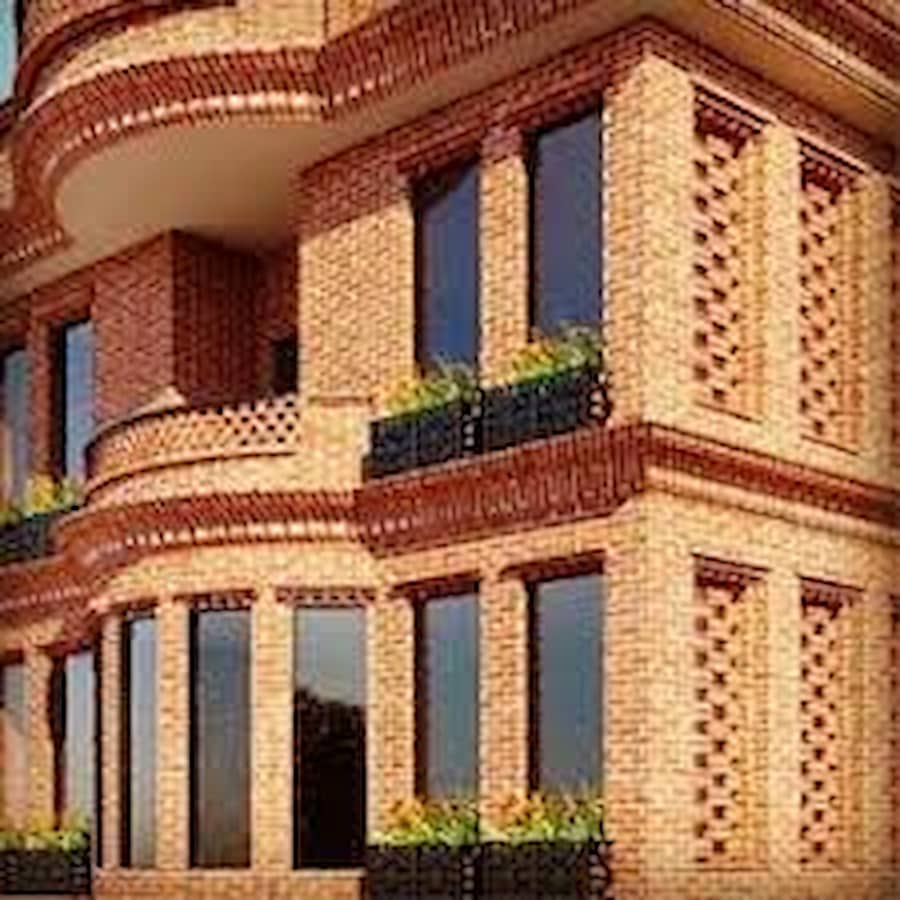
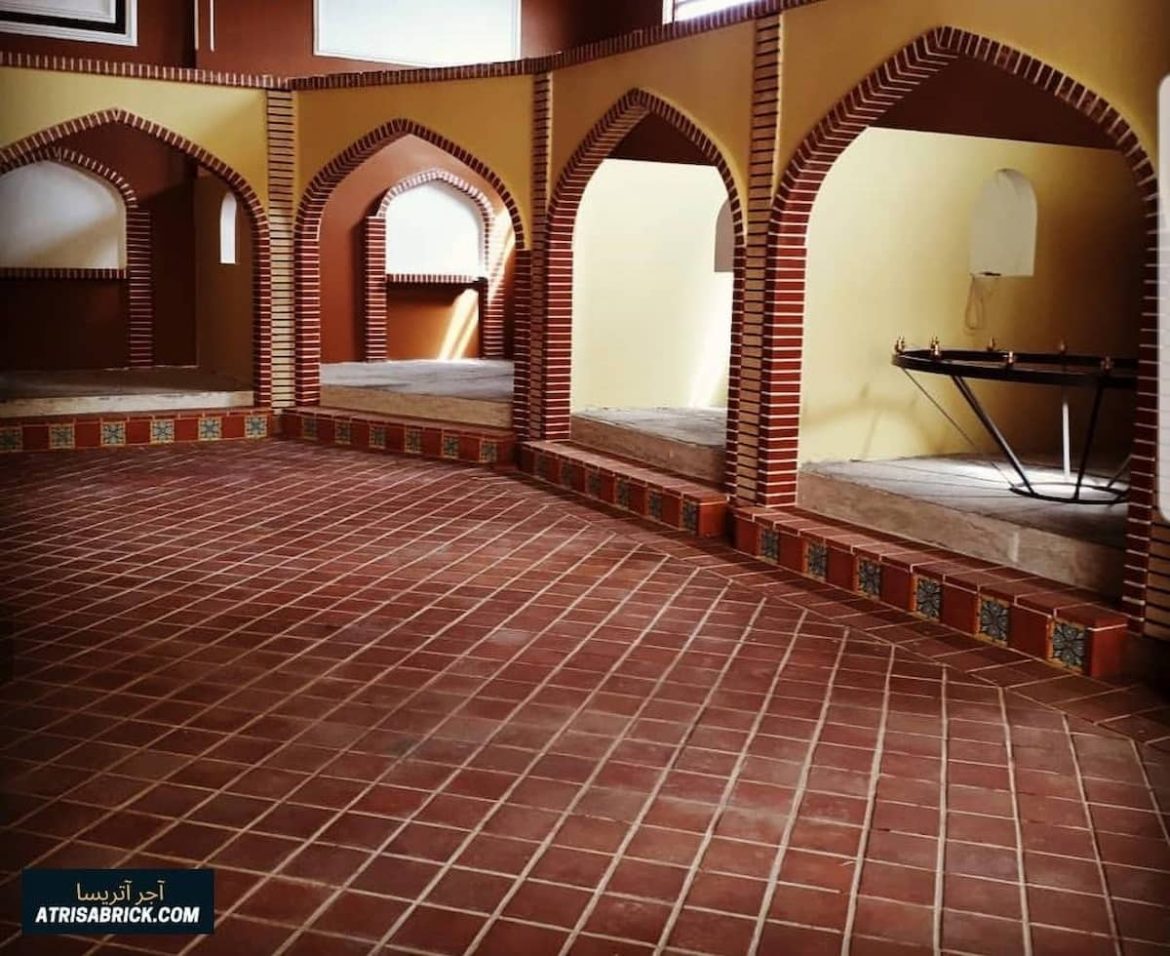
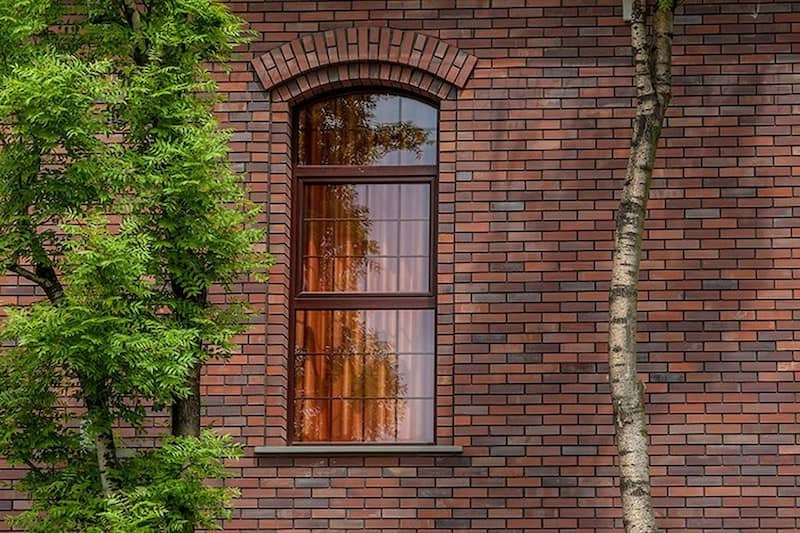
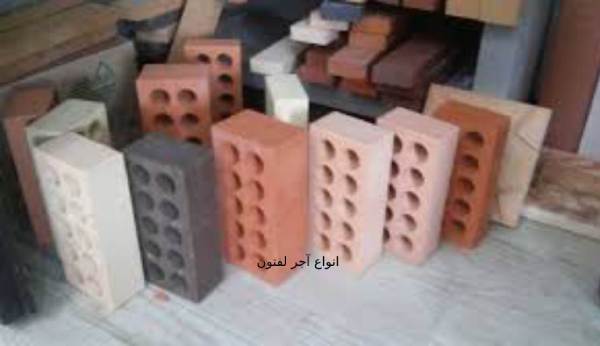
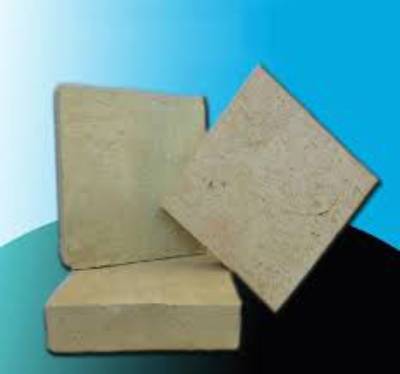
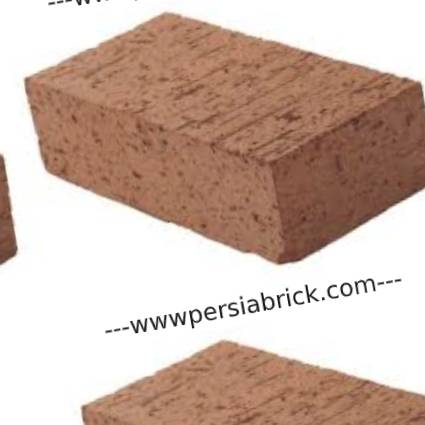
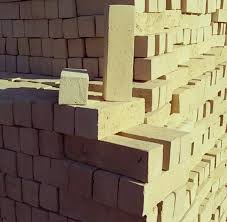
دیدگاه شما با موفقیت ثبت شد.